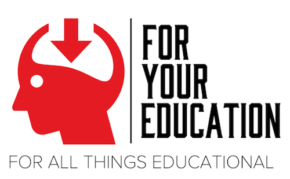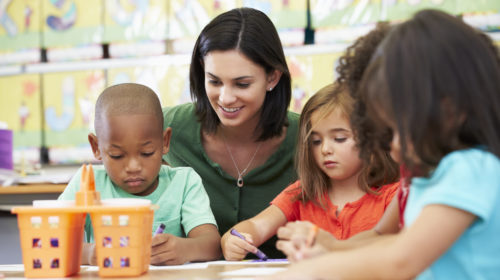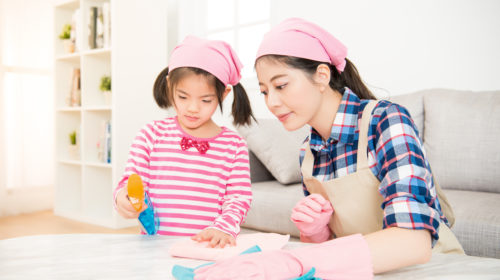The Importance of Arts in Education

In recent years, school curricula in the United States have shifted heavily toward common core subjects of reading and math, but what about the arts? Although some may regard the arts a a luxury, starting simple creative art activities at the early stages help to establish the building blocks so necessary for the total development of the child. Learning to create and appreciate the visual arts and aesthetics may actually be more important to the child’s developmental progress than ever before imagined. The arts play a critical role in education. When learning is approached through, with and by the arts, creativity is cultivated, innovative thinking is fostered and imagination is both celebrated & enhanced. Learning occurs with far greater depth and thereby increasing retention, comprehension and academic achievement occurs. The effects upon students’ social, emotional and cognitive growth are tremendous and invaluable. Students are engaged in higher order thinking. Ethical. Moral, and practical character traits are developed and strengthened. Self esteem is fostered. Culture and humanity is celebrated.
Developmental Benefits of Art:
Motor Skill:
For the very young, many of the motions involved in the art skills include holding a paintbrush, scribbling, beginning holding a scissor, and dance and movement. These skills enhance fine and gross motor skills in children. A child that begins painting with a paintbrush and scribbling will eventually develop better fine motor skills for activities such as handwriting and cursive activities. Dance and movement skills enables a child to develop a sense of where their body is in space. It assists them with skills, such as, their coordination, following directions, and taking turns.
Language Development:
For the very young children, making art—or just talking about it—provides opportunities to learn words for colors, shapes and actions. Parents and teachers can elicit conversations about what the child is creating or doing–Talking about the specifics of the project. This helps to stimulate and foster conversations and possibilities for language development.
Decision Making:
Art education strengthens problem-solving and critical-thinking skills. The practical experience of making decisions during art and dance/motion activities gives the child the background and knowledges for decision of choice. This will then begin to carry over into other parts of the child’s life thereby giving them the opportunity to explore, experiment and attempt new ideas. By fostering decision making, we are actually stimulating the creativity of the child’s mind.
Visual Learning:
Drawing, sculpting with clay and threading beads on a string all develop visual-spatial skills, which are so important. We live in a world today based in a visual and digital atmosphere, and that before they can read, even our children are using digital information, such as tablets and smartphones. This information is based upon information they get from cues from pictures and three-dimension media objects ,books and videos. Children today are learning a lot more from computers than they did from just the old fashioned texts and numbers. Art education teaches students how to interpret, criticize, and use visual information, and how to make choices based on it. If utilized correctly, the computers can be used as an excellent tool to facilitate learning,as well as a tool to stimulate learning.
Inventiveness:
When kids are encouraged to express themselves and take risks in creating art, they develop a sense transformation and innovation that only helps them in their adult lives.The arts help child think “out of the box”, not just people that follow directions. As in the poem, “The Little Boy” by Helen E. Buckley it is essential that in the area of arts, we ALLOW the child to express their true self in their work, NOT our work. This allows the choice a chance to make decisions, create opinions, foster ideas, and stimulate their creativity. These are al. Necessary components for building on their abilities for more abstract thinking as they get older.
Cultural Awareness:
We live in an increasingly diverse society, and the arts are a good way to teach that diversity. Exposing children, in a fun way, to people’s diversifications is a positive and healthy way of informing children to the ever increasingly differences of people in a positive light.
Improved Academic Performance:
Studies show that there is a correlation between art and other achievement. According to a report by the Americans for the Arts states that young people who participate regularly in the arts (three hours a day on three days each week through one full year) are four times more likely to be recognized for academic achievement, to participate in a math and science fair or to win an award for writing an essay or poem than children who do not participate. Therefore, the arts play an extremely important role in building the foundation to the child’s foundation.Arts education promotes the skills children need to be successful. Exposure to art education promotes self-directed learning, improves school attendance and sharpens critical and creative skills. In fact, several recent studies have concluded that the creativity and innovation utilized in the artistic process will be highly valued by employers in the United States in the coming years.





In history there a lot of parallels between the arts and new invention.
Spot on!